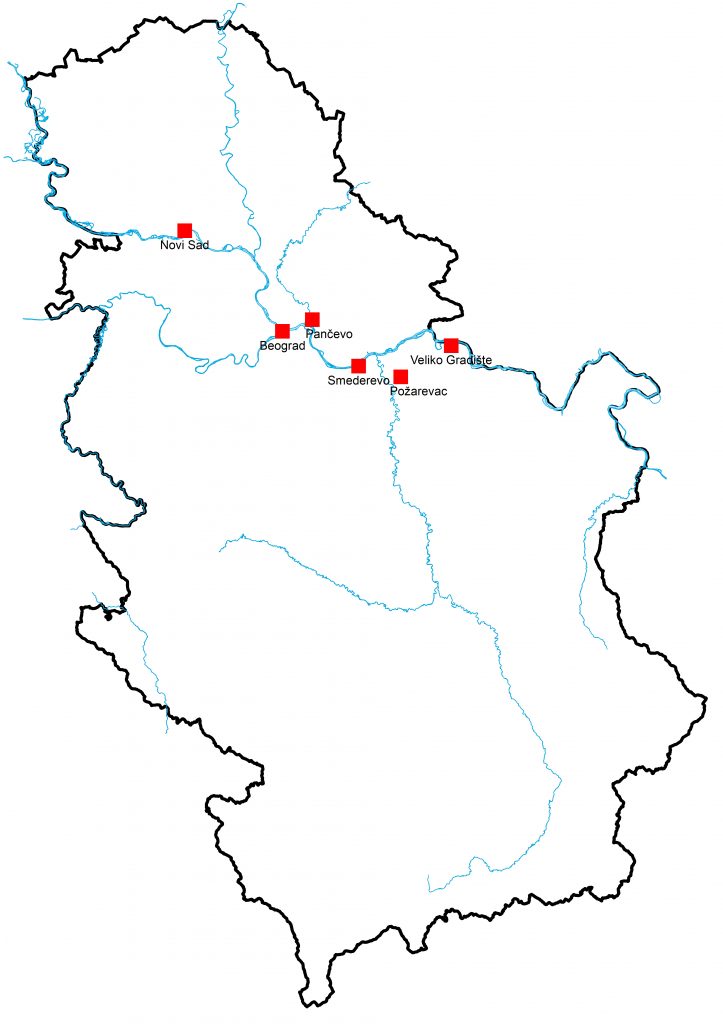Key message: The number of infected ticks is in decline
Assessment: During the implementation of the project “Detecting the causative agent of Lyme disease, virus tropical encephalitis and human granulocytic anaplasmosis on the tick population and territorial distribution on the territory of the Republic of Serbia”, the seasonal tick activity was monitored, as well as the presence of Borrelia burgdorferi, tropic encephalitis virus and Anaplasma phagocytophilum in harvested ticks, from March to November. The activity of ticks is conditioned by temperature and humidity, as well as the length of the day, and their number varies from year to year, depending on the climatic conditions. During the harvesting of the ticks most commonly harvested species on the territory of the Republic of Serbia were Ixodes ricinus, Dermacentor reticulatus, Rhipicephalus sanguineus. Samples were collected from the surfaces of overgrown unregulated grass, shrubbery and woody vegetation. The areas where animals are frequent (domestic and wild) were selected. If the vegetation was wet, the collection was difficult, so the teams went out on the field when there was no strong rainfall and dew. Samples were collected from the surfaces of overgrown unregulated grass, shrubbery and woody vegetation. The areas where animals are frequent (domestic and wild) were selected. Samples were collected by the “flag/time” method, with white flannel flags measuring 1×1 m. Flags are overlapped over vegetation at the specified locations, and collected ticks are removed from the flags and collected in containers. The duration of collection of ticks was approximately one hour per location.
The collected ticks were transported live in containers prepared for the transport of samples, to the Entomological Laboratory of the Institute for Biocides and Medical Ecology. The Laboratory of the Institute analysed the collected specimens for the presence of Borrelia burgdorferi, Anaplasma phagocytophilum and tropic encephalitis virus. The presence of Borrelia burgdorferi was performed by microscopic examination of native specimen in the dark field with 400x magnification and PCR real time method. The presence of Anaplasma phagocytophilum and tropic encephalitis virus was determined by the PCR real time method.
SUPPRESSION OF TICKS ON THE TERRITORY OF Vojvodina
The Provincial Secretariat for Urban Planning and Environmental Protection is in charge of suppressing the ticks on the territory of Vojvodina. The ticks have been controlled using the funds from the budget of the Vojvodina province since 2017. Both deciduous and mixed forests with favourable ecological and microclimate conditions with the presence of hosts suitable for the development of all four stages of ticks, represent an extremely suitable habitat for their development. During 2017, the tick-suppression was performed on a total of 600 hectares on the territory of the National Park Fruška Gora and on the territory of the municipality of Srpska Crnja. During the control, the active substance lambda-cyhalothrin was used. Ticks are predominantly suppressed on picnic areas, hiking trails, promenades and other surfaces suitable for their development and where people live.
Trend of population of infected ticks causing Lyme disease per municipality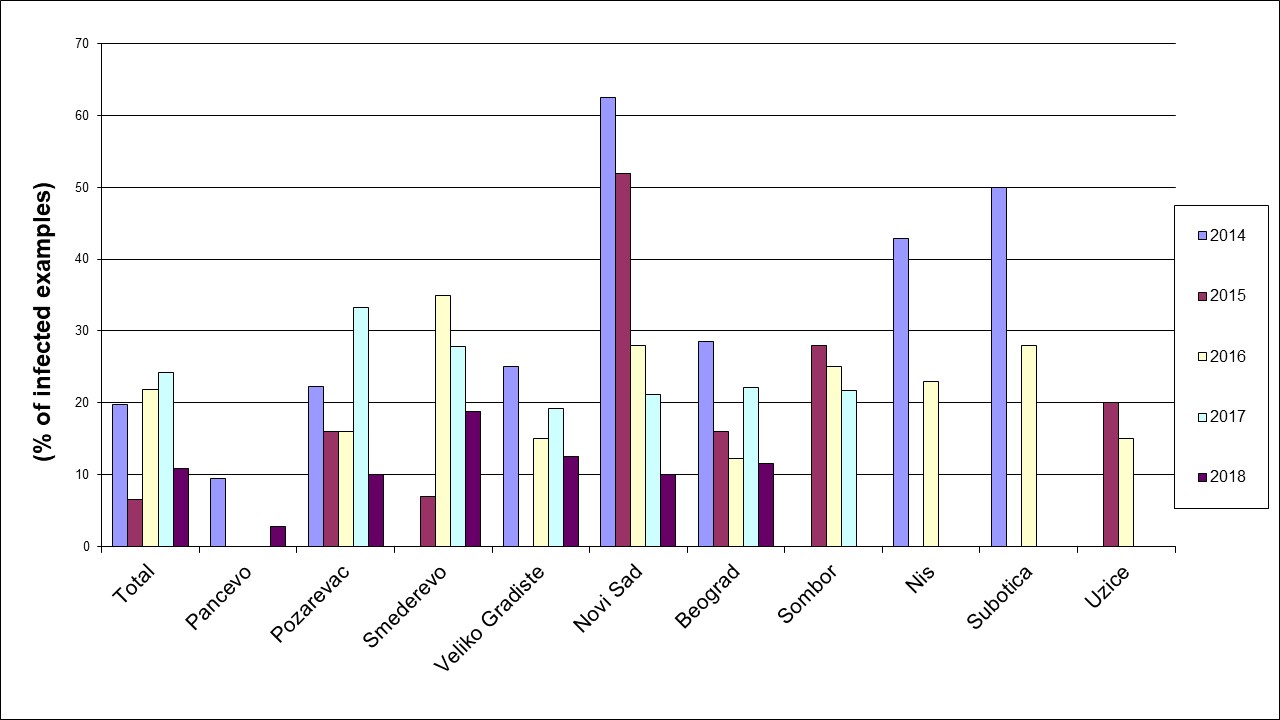
Trend of population of infected ticks causing Lyme disease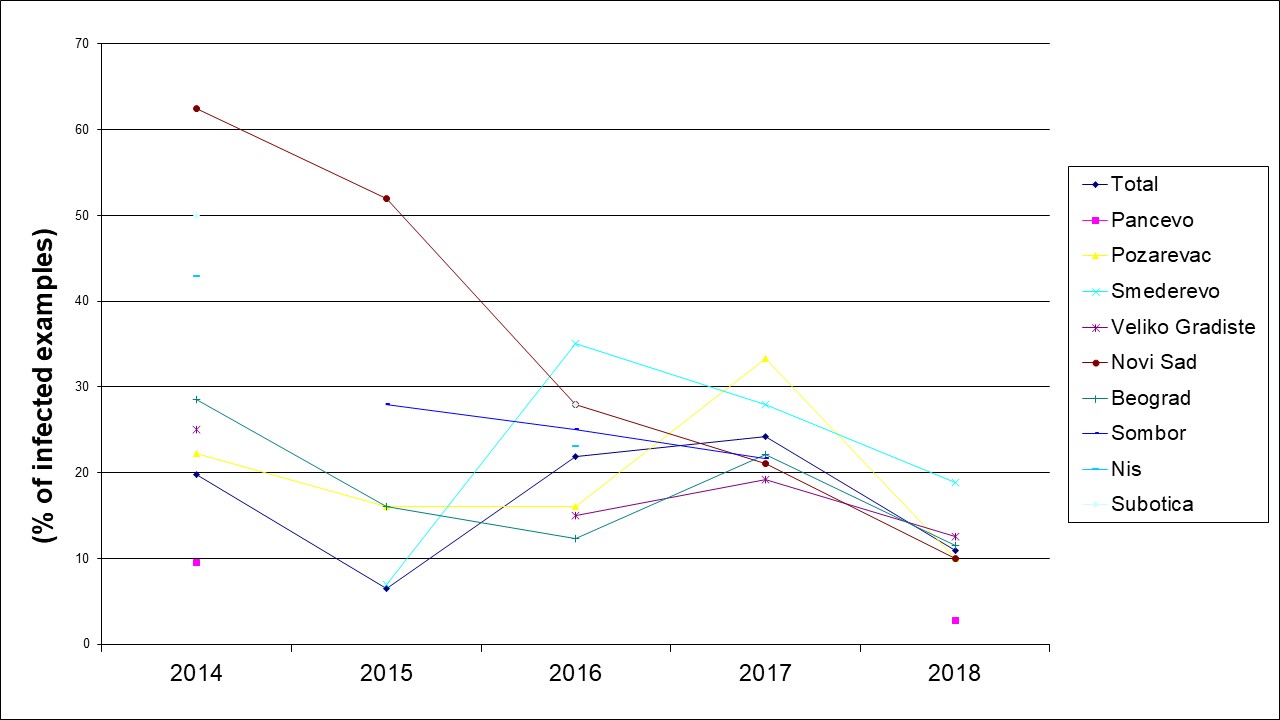
Picture 1: % of infected examples in 2014
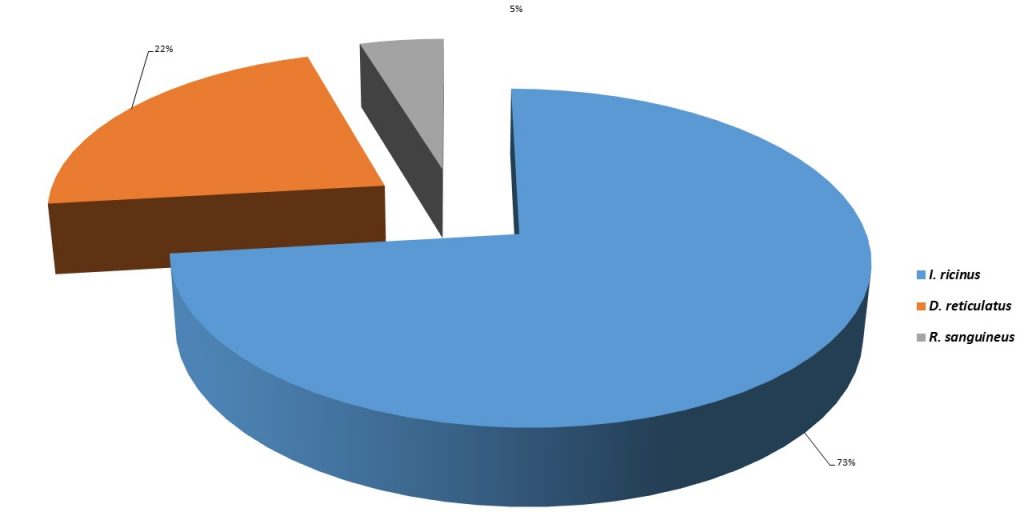
Picture 2: % of infected examples in 2015
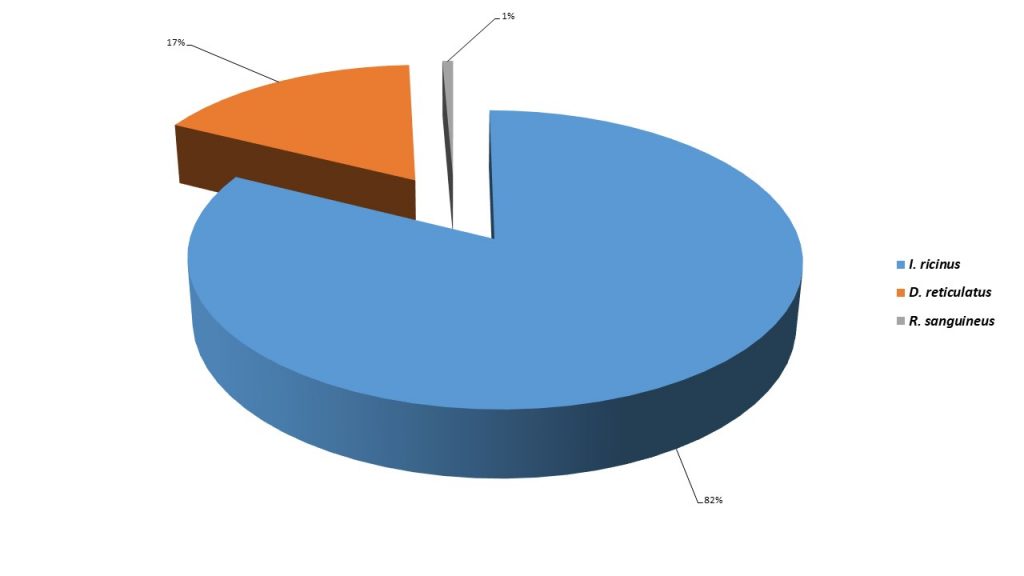
Picture 3: % of infected examples in 2016
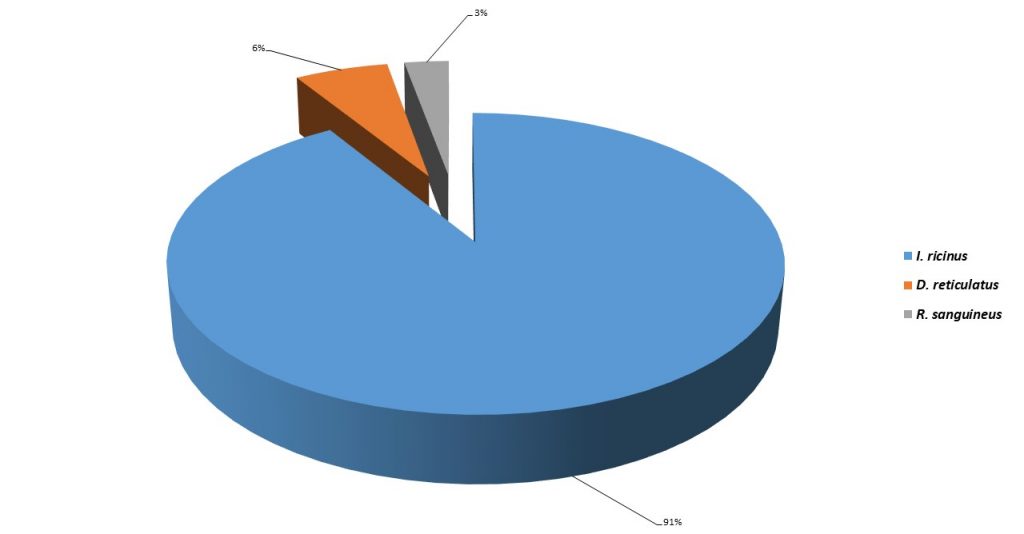
Picture 4: % of infected examples in 2017
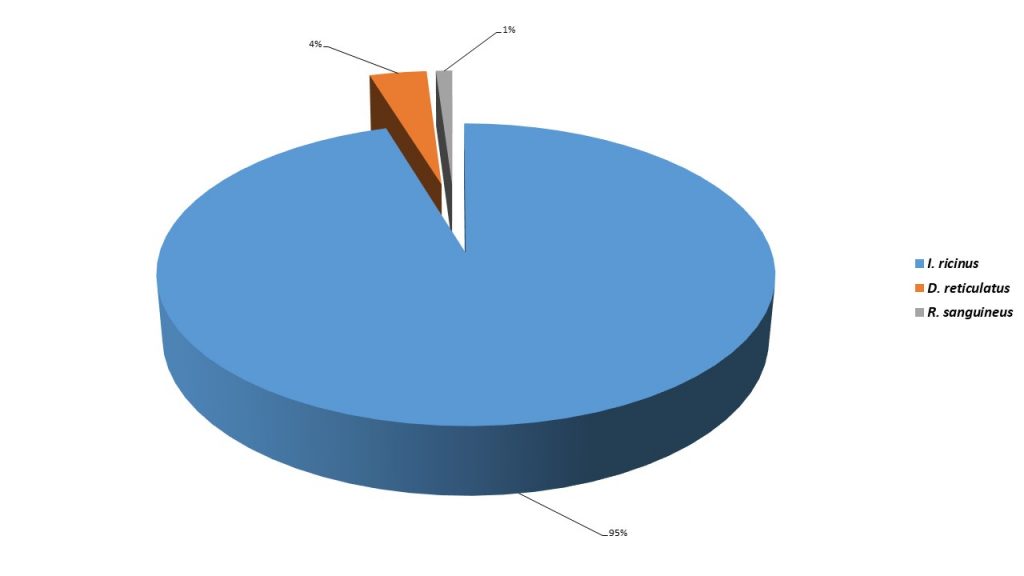
Picture 5: % of infected examples in 2018
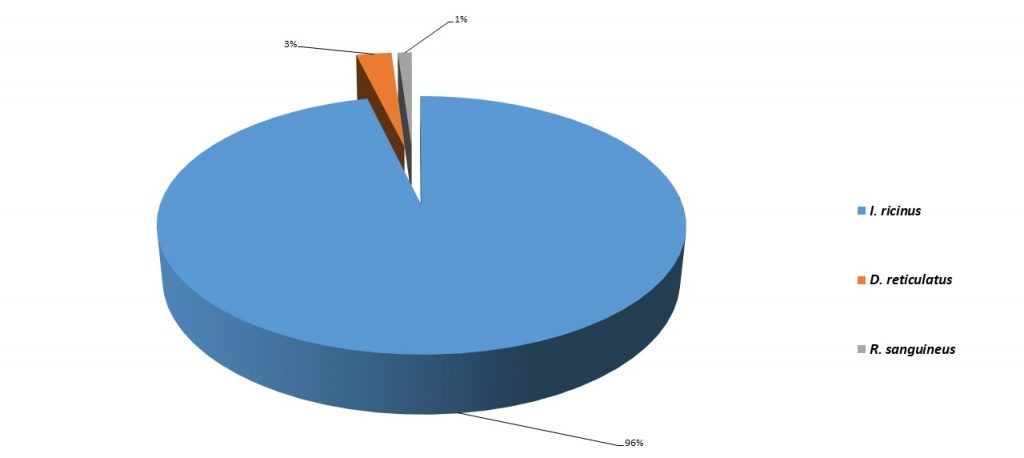
Indicator Name: Trend of population of infected ticks causing Lyme disease
Institution/Author: Institute for Biocides and Medical Ecology /dr Ivan Aleksić, Environmental Protection Agency/Slaviša Popović
Use and interpretation:
Key question(s) which indicator helps to answer: What is the number of infected ticks? What is the trend of population of infected ticks causing Lyme diseases?
Use of indicator to control population growth of ticks causing Lyme disease
Scale of appropriate use urban, suburban, rural areas
Potential for aggregation:
Meaning of upward or downward trends: For the period 2014-2018, decline in % of infected ticks is registered.
Possible reasons for upward or downward trends: The activity ticks is conditioned by temperature and humidity, as well as the length of the day, and their number varies from year to year depending on the climatic conditions. During the harvesting of the ticks most commonly harvested species on the territory of the Republic of Serbia, were Ixodes ricinus, Dermacentor reticulatus, Rhipicephalus sanguineus.
Implications for biodiversity management of change in the indicator: The Provincial Secretariat for Urban Planning and Environmental Protection is in charge for suppressing the ticks on the territory of Vojvodina province. Both deciduous and mixed forests with favourable ecological and microclimate conditions with the presence of hosts that are suitable for the development of all four stages of ticks represent an extremely suitable habitat for their development. During 2017, the tick-suppression was performed on a total of 600 hectares on the territory of the National Park Fruška Gora and on the territory of the municipality of Srpska Crnja.
Units in which it is expressed: ha
Description of source data: Institute for Public Health of Serbia “Dr Milan Jovanović Batut”, the Provincial Secretariat for Urban Planning and Environmental Protection, Institute for Biocides and Medical Ecology
Calculation procedure: During the realization of the project “Detecting the causative agent of Lyme disease, virus tropical encephalitis and human granulocytic anaplasmosis on the tick population and territorial distribution on the territory of the Republic of Serbia”, the seasonal tick activity was monitored as well as the presence of Borrelia burgdorferi, tropic encephalitis virus and Anaplasma phagocytophilum in harvested ticks, from March to November. The activity ticks is conditioned by temperature and humidity, as well as the length of the day, and their number varies from year to year depending on the climatic conditions. During the harvesting of the ticks most commonly harvested species on the territory of the Republic of Serbia, were Ixodes ricinus, Dermacentor reticulatus, Rhipicephalus sanguineus. Samples were collected from the surfaces of overgrown unregulated grass, shrubbery and woody vegetation. The areas where animals are frequent (domestic and wild) were selected. If the vegetation was wet, the collection was difficult, so the teams went out on the field when there was no strong rainfall and dew. Samples were collected from the surfaces of overgrown unregulated grass, shrubbery and woody vegetation. The areas where animals are frequent (domestic and wild) were selected. Samples were collected by the “flag / time” method, with white flannel flags measuring 1×1 m. Flags are overlapped over vegetation at the specified locations, and collected ticks are removed from the flags and collected in containers. The duration of collection of ticks was approximately one hour per location.
The collected ticks are transported live in containers prepared for the transport of samples, to the Entomological Laboratory of the Institute for Biocides and Medical Ecology. The Laboratory of the Institute analysed the collected specimens for the presence of Borrelia burgdorferi, Anaplasma phagocytophilum and tropic encephalitis virus. The presence of Borrelia burgdorferi was performed by microscopic examination of native specimen in the dark field with 400x magnification and PCR real time method. The presence of Anaplasma phagocytophilum and tropic encephalitis virus was determined by the PCR real time method.
Most effective forms of presentation:
Map and graphs
Limits to usefulness and accuracy:
Updating the indicator: Annually
Closely related indicators: Trend of Morbus Lyme patients in Serbia
Trend of population of infected ticks causing Lyme disease
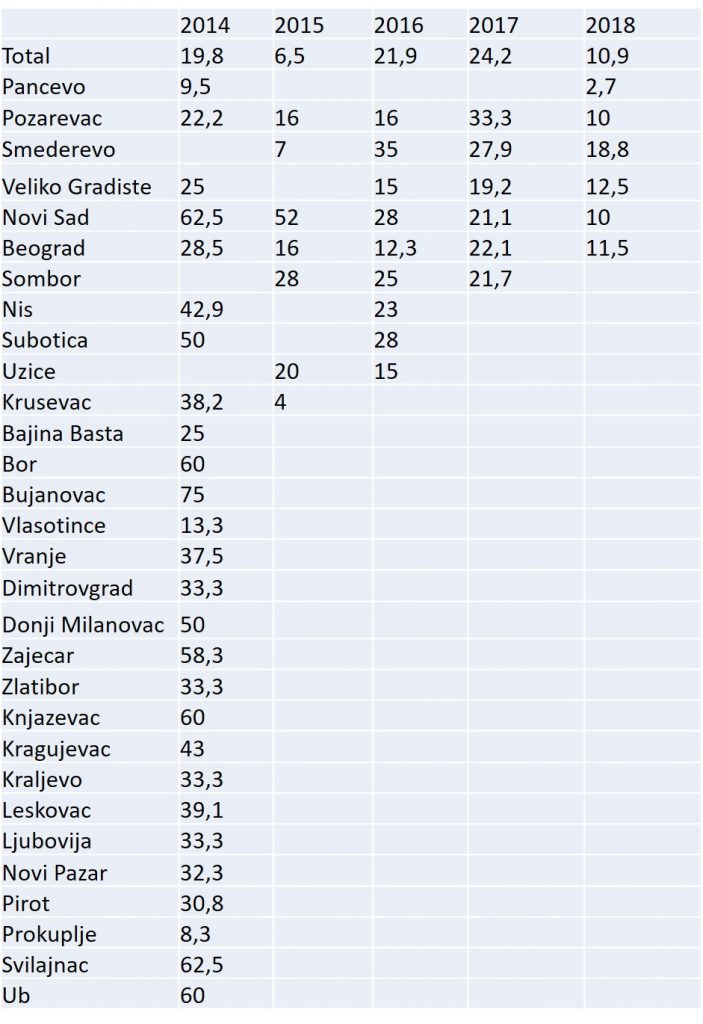
Map 1: Trend of population of infected ticks causing Lyme disease 2014
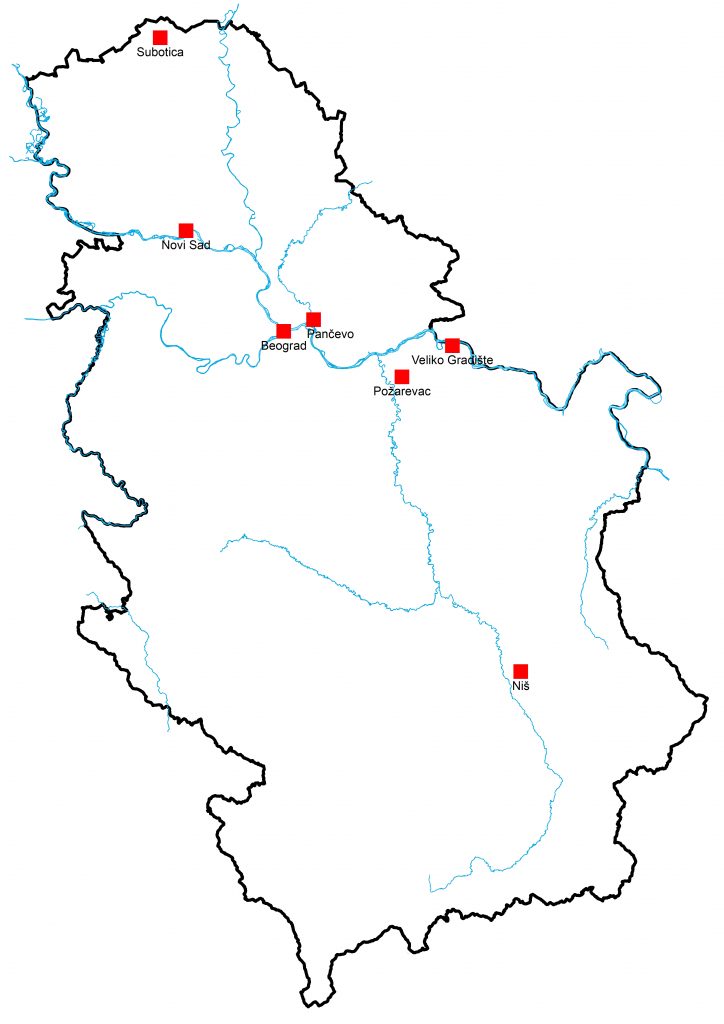
Map 2: Trend of population of infected ticks causing Lyme disease 2015

Map 3: Trend of population of infected ticks causing Lyme disease 2016
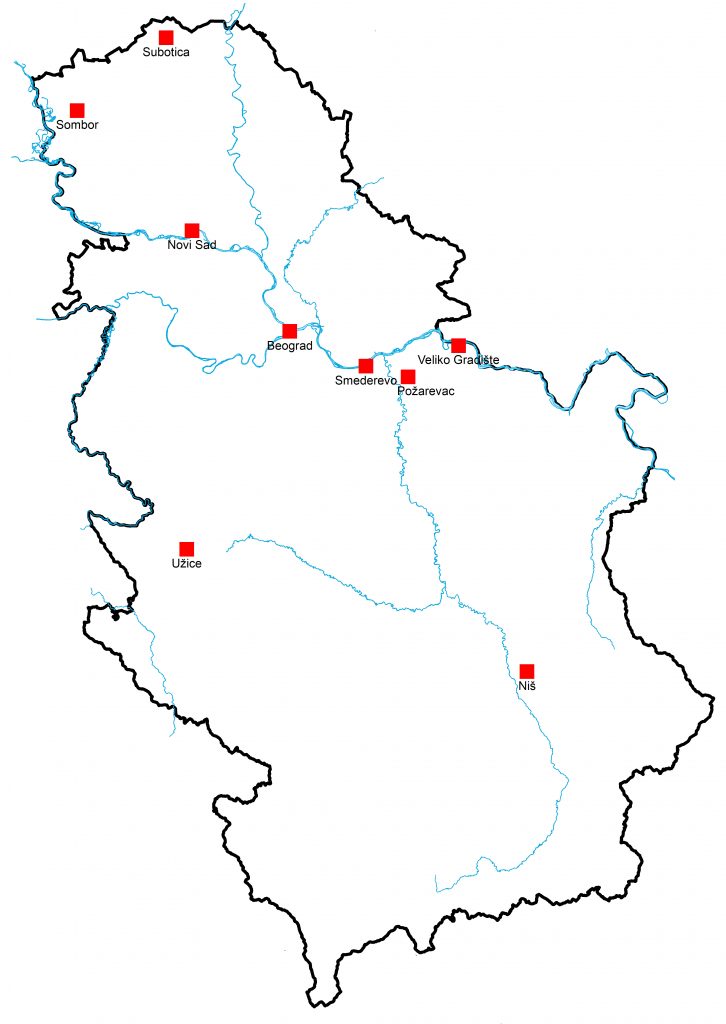
Map 4: Trend of population of infected ticks causing Lyme disease 2017
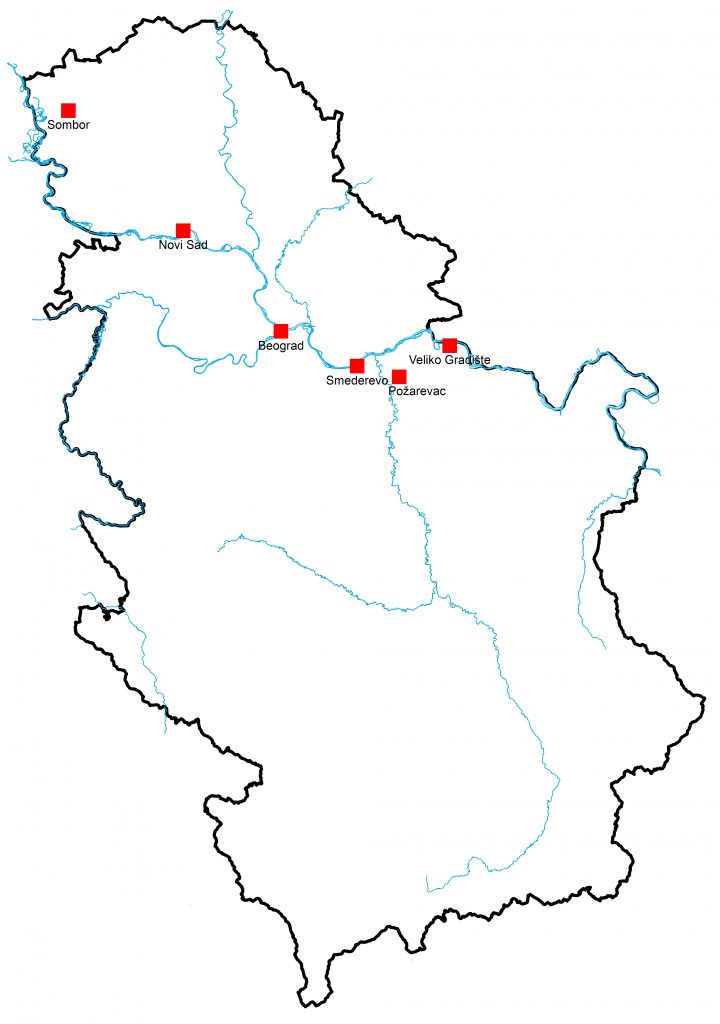
Map 5: Trend of population of infected ticks causing Lyme disease 2018
